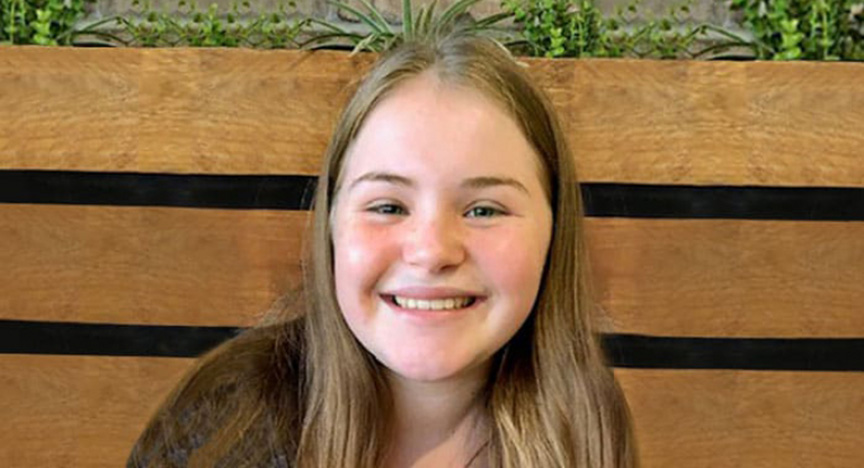
When Sophie was 12 years old she felt her body was all stiff and stuck and couldn’t move the way she wanted. The Redlands schoolgirl endured three months of swelling and pain in her right hand and arm, before she was diagnosed with juvenile idiopathic arthritis.
“It caused me to be like the Tin Man in The Wizard of Oz,” the now 15-year-old says, recalling her difficulty moving and walking.
The autoimmune condition – which stems from an unknown cause – affected 38 of Sophie’s joints. She was in and out of a wheelchair for a year and had to learn how to give herself injections every two weeks. It also meant she was in lot of pain.
After a year of dealing with her arthritis, the medications to treat it and their side effects, scans showed Sophie no longer had active arthritis. But she still had the pain.
“Throughout this process my brain and body became so used to being in pain that it kept sending out pain signals even though the arthritis was being managed by medication,” she says.
Sophie was diagnosed with chronic primary widespread pain and pain amplification, which she describes as restrictive and all-consuming.
“Pain amplification is the brain constantly sending out signals to the affected body parts that they are experiencing pain, although there is no internal or external reason to be,” she says.
“The pain being felt is real to the affected person.”
This constant pain had a major impact on Sophie’s life and her day-to-day activities and relationships. When she was in pain she stopped going to school every day and struggled to do her normal activities.
Sophie was referred to the Queensland Interdisciplinary Paediatric Persistent Pain Service (QIPPPS) at the Queensland Children’s Hospital for an assessment. From there they undertook a journey of learning about pain and mental health, of physical assessments, goal-setting and music therapy. Over six months they worked with the QIPPPS team to understand how pain interacts with the body and mind. Sophie developed her self-identity, set and achieved goals and grew in independence, and discovered that constant pain did not have to be a part of her life.
After six months of therapy, Sophie was back doing what she enjoys: going to school, playing hockey and touch football, singing and playing piano. And she is stronger for the experience.
“I am stronger than I thought,” she says. “I learned never to give up and to believe in myself.”